

Team members
Krishna Sanjeeva Murthy Penukonda (ISTD), Safafisalam Bohari Jaon (ESD), Ng Jun Yan Kenneth (ISTD), Ashlyn Goh Er Xuan (ISTD), Tay Tzu Shieh (ISTD), Beverley Emma Mok Shiying (ESD), Loh Jian An Lionell (ISTD)
Instructors:
Cyrille Pierre Joseph Jegourel, Stefano Galelli, Ying Xu
Writing Instructors:
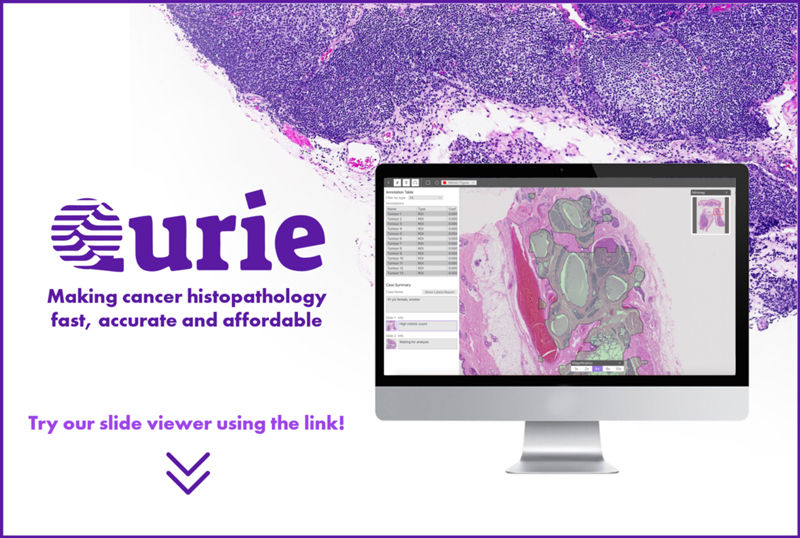

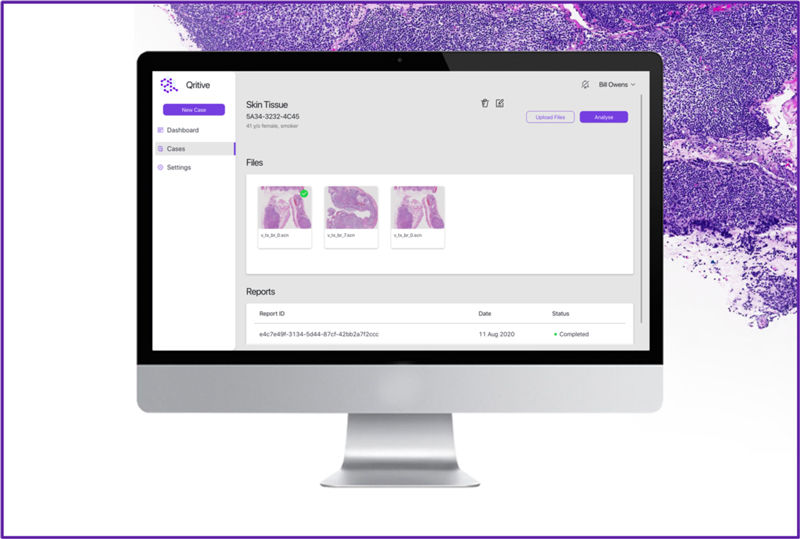
Try out our slide viewer feature!
demo.qurie.tech
Qurie is a user-friendly web-based digital platform for cancer researchers, harnessing the power of artificial intelligence (AI) to make histopathology analysis fast, accurate and affordable.
View a histopathology report generated by Qurie
reports.qurie.tech
Cancer is the second leading cause of death in the world. With 18 million cancer cases diagnosed each year, and 26,000 deaths daily, cancer is 5 times deadlier than COVID-19 (as of August 2020). Cancer research seeks to discover ways to fight this disease, and to help the millions of people who have been and will be affected by cancer in the coming years.
However, cancer research is held back by a shortage of histopathologists - highly trained experts who specialise in identifying diseases in microscopic images of biological tissues. In China, the ratio of pathologists to patient population was estimated to be 1:133,107 in 2015; in Sub-Saharan Africa, there are 5 countries with no pathologists at all.

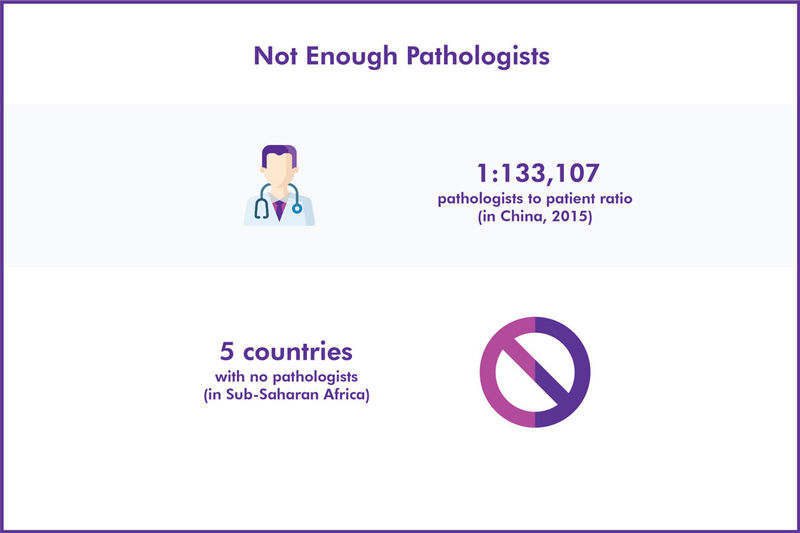
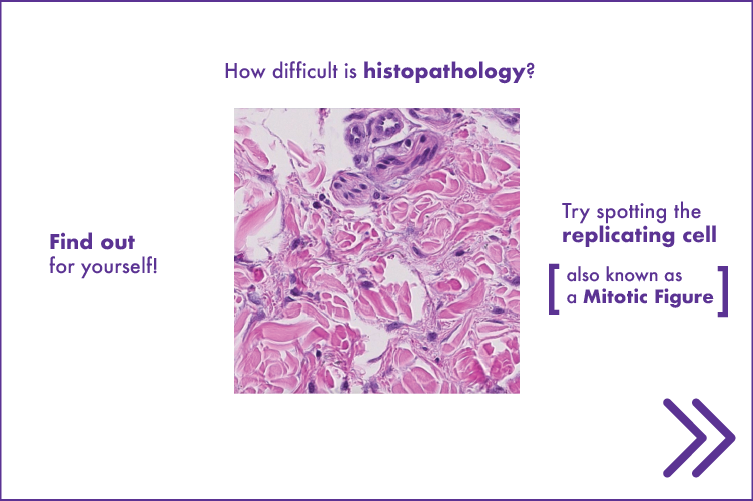
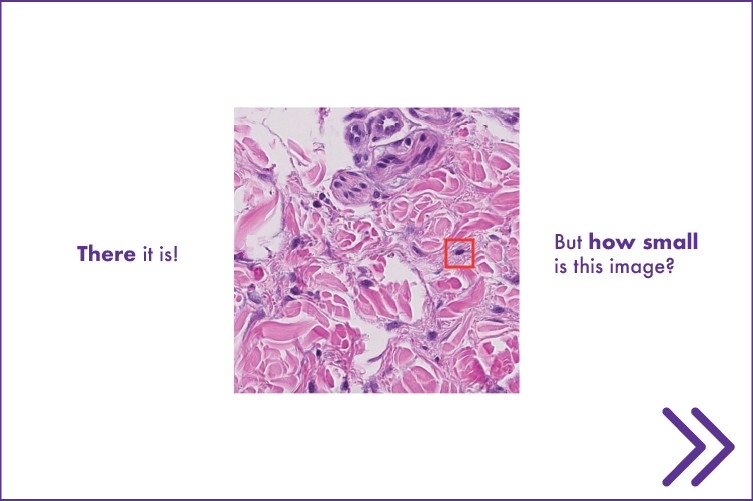
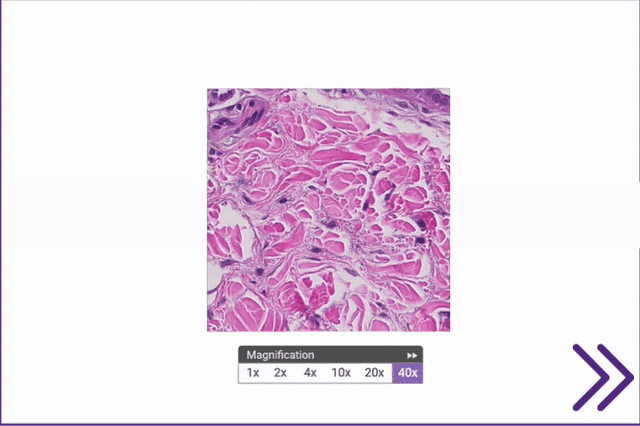
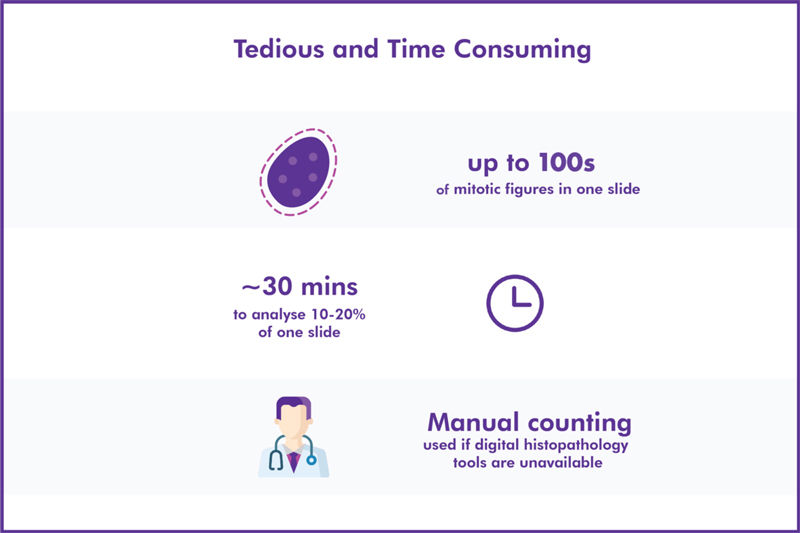
Qurie is built with 5 key design elements in mind:
(1) Qurie provides an end-to-end solution that integrates multiple segments of a researcher’s workflow, eliminating the encumbrance of a poorly integrated workflow.
(2) Fast and accurate AI analysis frees researchers to concentrate on complex objectives that require human expertise, rather than being tied up in the tedious and time-consuming task of counting mitotic figures.
(3) AI performs the heavy lifting of locating mitotic figures, which can then be easily verified by researchers. This hybrid model of human-AI analysis combines the speed of AI analysis with the reliability of human histopathologists for the dual benefits of efficiency and accuracy.
(4) Analyses are transformed into aggregated insights which summarise the most salient information for easy reference and digestibility.
(5) Qurie’s digital slideviewer pushes the practice of squinting into microscope lenses into obscurity with a smooth and seamless slide viewing experience, reaching magnification levels of up to 40x with minimal latency.
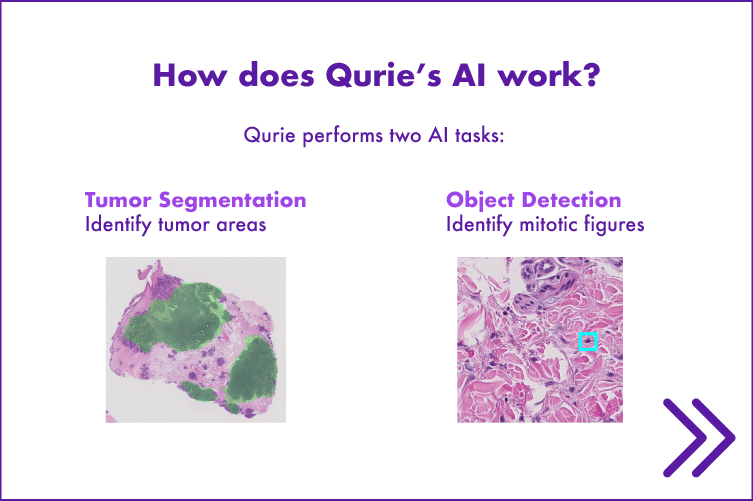

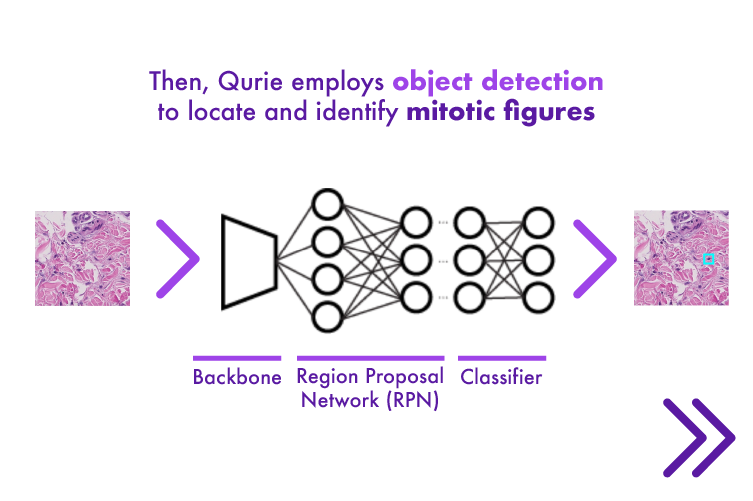
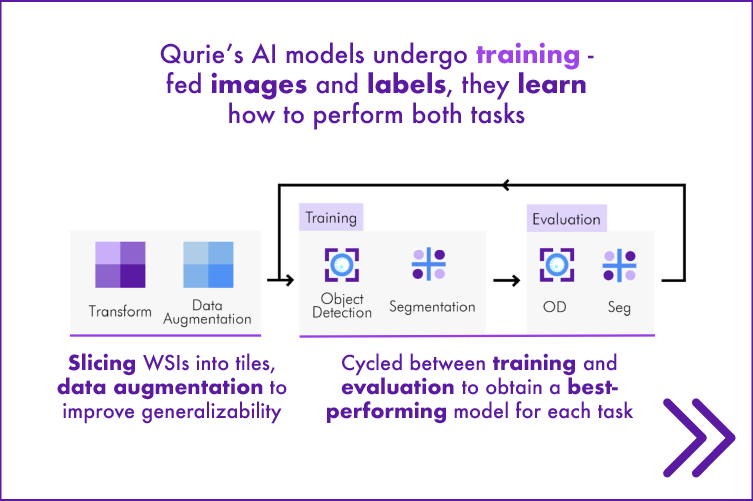
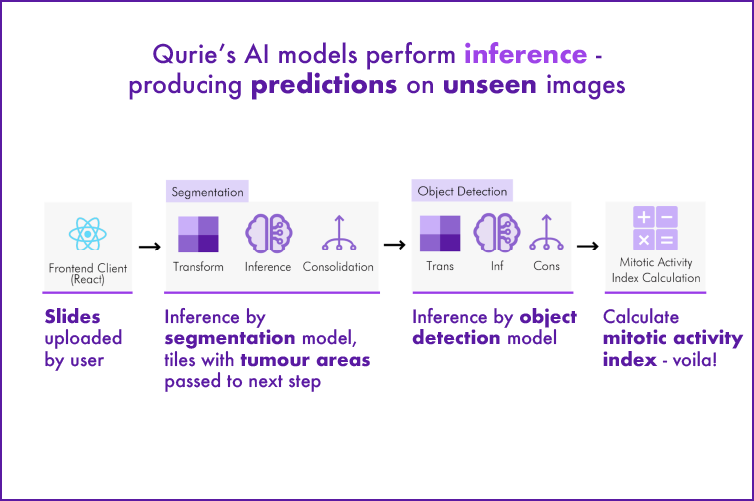
Qurie delivers accurate, histopathologist-approved AI analysis in less than 8 minutes per slide - several times the speed of human histopathologists. Qurie’s tumour segmentation model returns an intersection-over-union value of 0.72 - demonstrating an accuracy comparable to human analysis while offering more precise boundaries than humans could manually annotate.
As for usability, feedback from user testing strongly indicated that the platform was easy and intuitive to use. 80% of users found the platform very easy to use and 70% of users felt strongly that they wouldn't require the help of a technical person to operate the platform. Qurie was also praised for its minimalist design and ease of navigation.

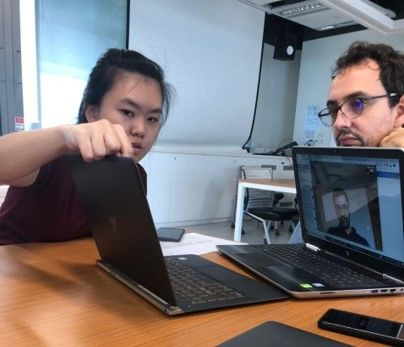
Histopathology involves complex tasks, such as evaluating the mitotic activity index (MAI), an important indicator used to determine the malignancy of tumours. This entails:
(1) identifying tumour areas
(2) counting the number of replicating cells, known as mitotic figures.
Mitotic figures are 200x thinner than human hair, and even with the help of a microscope, identifying mitotic figures is practically impossible for a layperson. Even trained histopathologists take around 30 minutes to analyse just 10-20% of a slide - a tedious and time-consuming process.


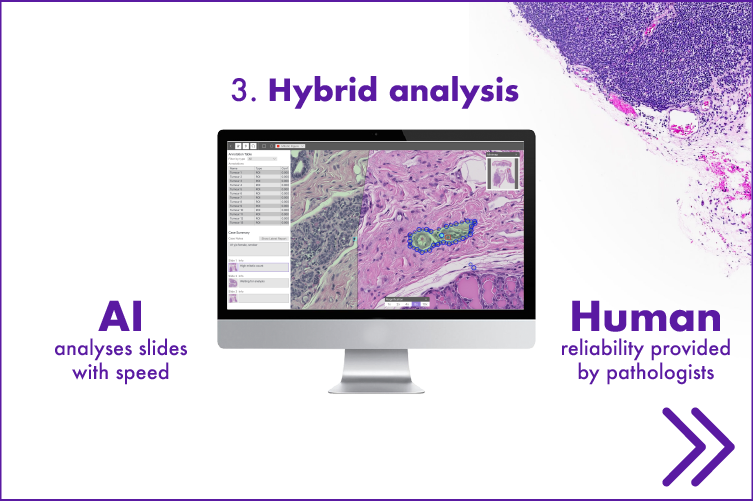
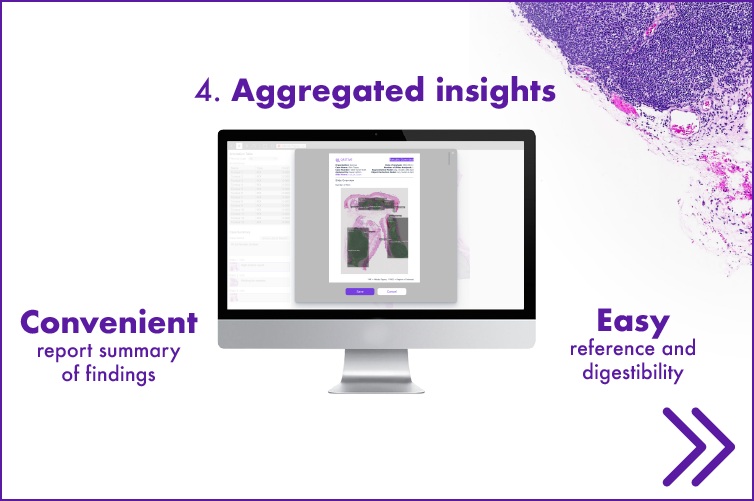
The AI behind Qurie consists of 2 AI models:
(1) a segmentation model, used to identify tumor areas
(2) an object detection model, used to detect mitotic figures
AI models are taught how to complete these tasks through training - a process in which models are fed image data along with labels - and gradually learn how to segment tumours as well as to detect mitotic figures.Once the models have been trained, Qurie uses them to produce predictions on unseen images, a process known as inference.
For each of the 2 tasks, multiple models and backbones were experimented with and various optimisations implemented, to create the fast and accurate AI that powers Qurie.

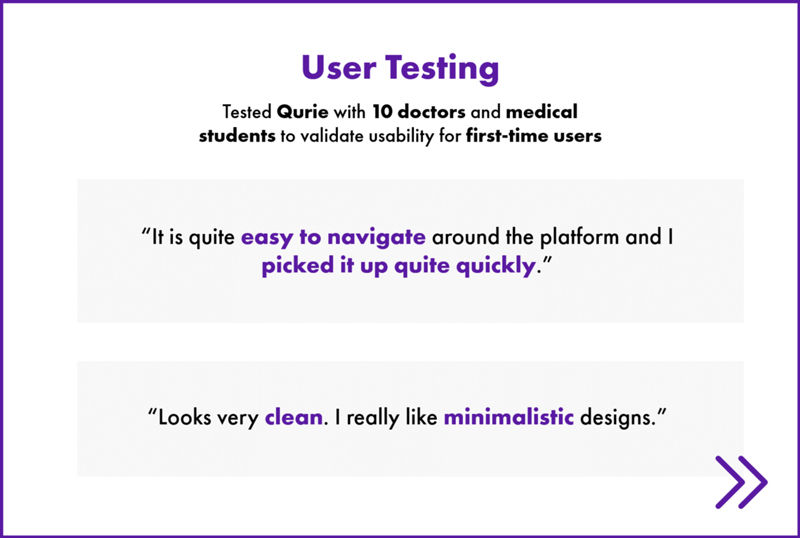
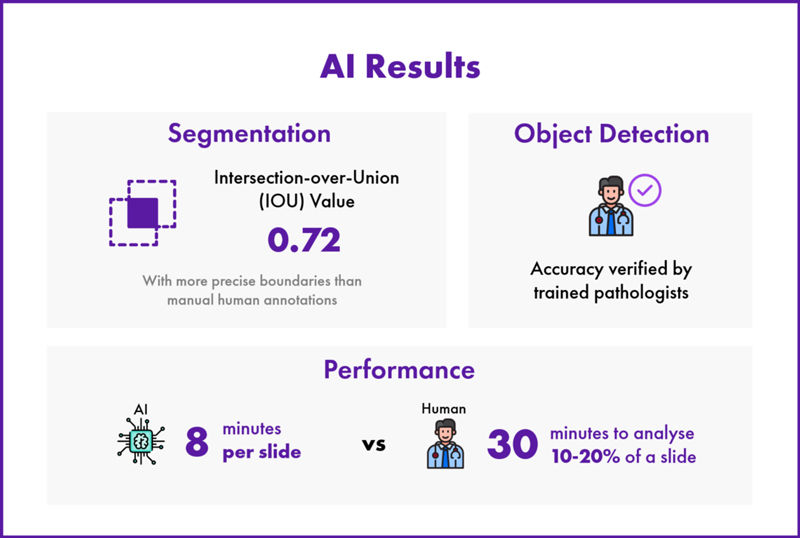
We began this project with a mission - to use design and AI to augment cancer research. By using AI to automate the painstaking process of histopathology analysis, Qurie is a game-changing tool which we hope will support researchers in the fight against cancer.
Qurie will be deployed by the team’s industry partner, Qritive, to various organisations. Qurie’s modular design facilitates the easy addition of new AI modules and features, allowing Qritive to tailor the platform to fit the needs of different clients. The sky is the limit for AI within the field of cancer research, and Qritive can build on Qurie to push its boundaries.
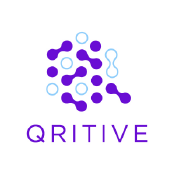
 Krishna Sanjeeva Murthy Penukonda
Information Systems Technology and Design
Krishna Sanjeeva Murthy Penukonda
Information Systems Technology and Design
 Safafisalam Bohari Jaon
Engineering Systems and Design
Safafisalam Bohari Jaon
Engineering Systems and Design
 Ng Jun Yan Kenneth
Information Systems Technology and Design
Ng Jun Yan Kenneth
Information Systems Technology and Design
 Ashlyn Goh Er Xuan
Information Systems Technology and Design
Ashlyn Goh Er Xuan
Information Systems Technology and Design
 Tay Tzu Shieh
Information Systems Technology and Design
Tay Tzu Shieh
Information Systems Technology and Design
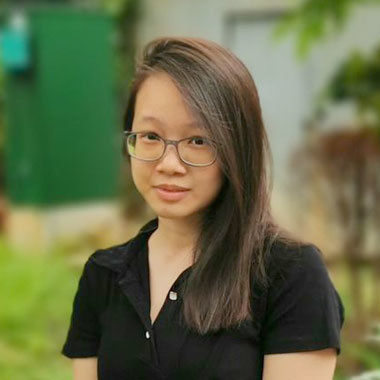 Beverley Emma Mok Shiying
Engineering Systems and Design
Beverley Emma Mok Shiying
Engineering Systems and Design
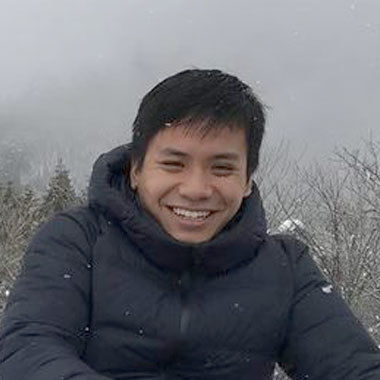 Loh Jian An Lionell
Information Systems Technology and Design
Loh Jian An Lionell
Information Systems Technology and Design

Krishna Sanjeeva Murthy Penukonda
Information Systems Technology and Design

Safafisalam Bohari Jaon
Engineering Systems and Design

Ng Jun Yan Kenneth
Information Systems Technology and Design

Ashlyn Goh Er Xuan
Information Systems Technology and Design

Tay Tzu Shieh
Information Systems Technology and Design

Beverley Emma Mok Shiying
Engineering Systems and Design

Loh Jian An Lionell
Information Systems Technology and Design
© 2020 SUTD

